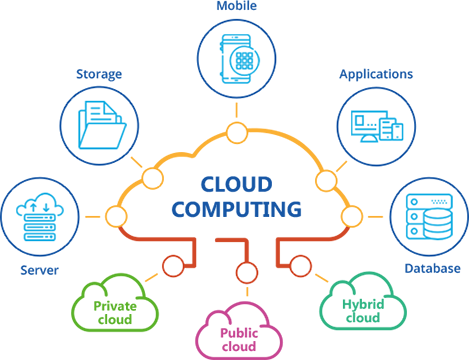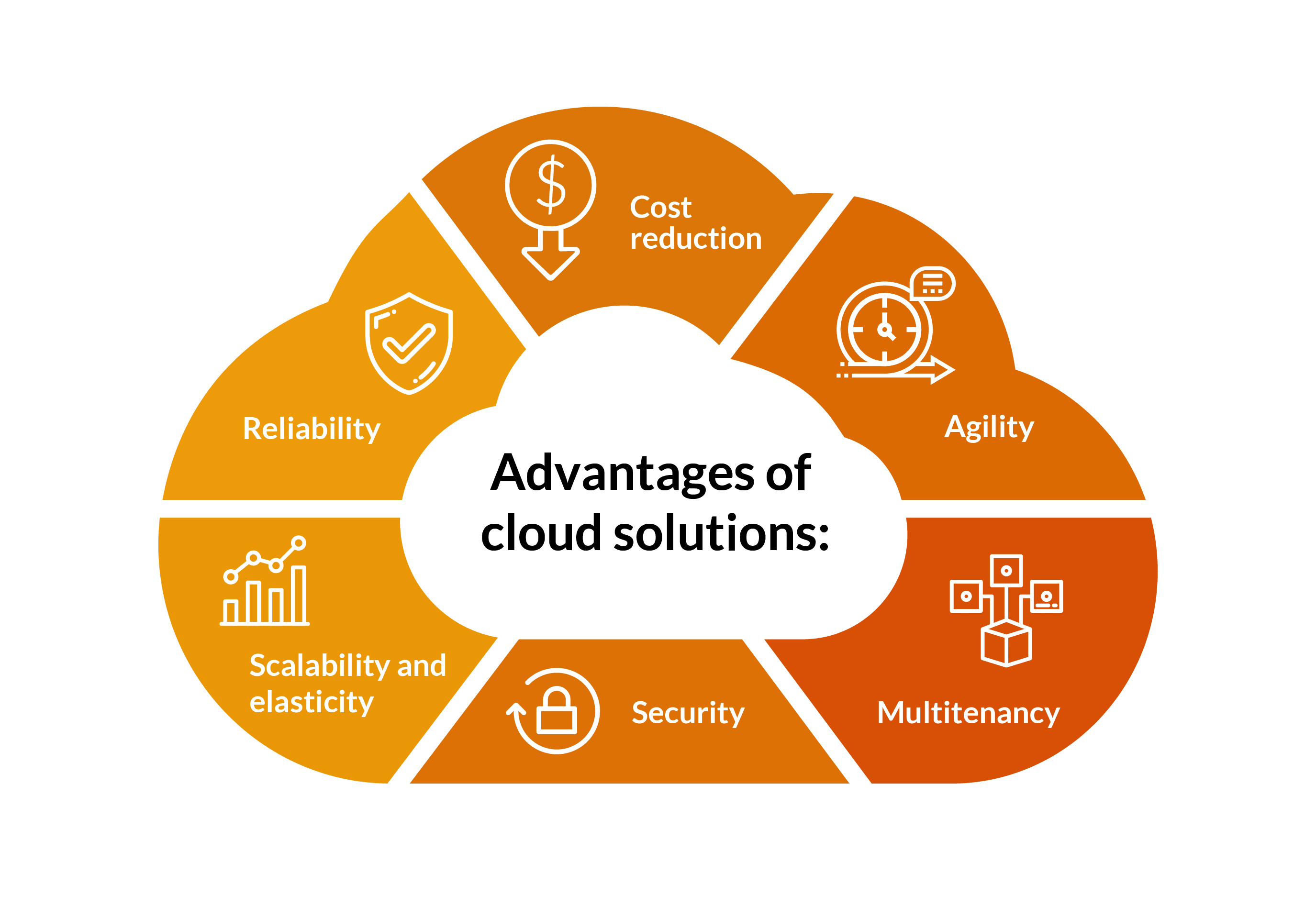Comprehensive Cloud Services: Boost Performance and Security for Your Firm
Comprehensive Cloud Services: Boost Performance and Security for Your Firm
Blog Article
Achieve Seamless Scalability With Cloud Solutions
In the ever-evolving landscape of cloud solutions, attaining seamless scalability stands as a keystone for contemporary businesses seeking to remain competitive and versatile. The quest for seamless scalability with cloud services reveals a world of opportunities for those ready to accept the transformative power of dynamic resource monitoring.
Advantages of Cloud Scalability
Cloud scalability uses companies the versatility to dynamically readjust sources based on need, ensuring optimal efficiency and expense efficiency. One crucial benefit is the capacity to scale sources up or down swiftly in response to fluctuating work. This dexterity enables companies to fulfill altering consumer demands without over-provisioning sources, inevitably causing set you back savings. Scalability also improves efficiency by guaranteeing that systems can deal with raised traffic or work without experiencing downtime or stagnations. By efficiently allocating resources, organizations can maintain high degrees of efficiency during peak times without unnecessary expenses during quieter durations. Additionally, cloud scalability promotes development and testing by allowing services to conveniently check originalities and range them as required. This versatility urges a culture of continual improvement and adjustment, allowing companies to stay competitive in a rapidly progressing market landscape. Inevitably, the advantages of cloud scalability extend past price financial savings to encompass improved performance, dexterity, and innovation.
Trick Functions for Scaling
Reliable scaling in cloud services relies on vital attributes that enable organizations to adjust resources dynamically based on demand. One necessary attribute for scaling is flexibility, enabling resources to scale up or down in response to rising and fall work. This guarantees that companies can meet efficiency needs without over-provisioning resources. An additional essential feature is scalability, allowing systems to handle boosted workload by including sources flawlessly. This feature is critical for fitting growth without jeopardizing efficiency. Additionally, automation plays a vital duty in scaling by automating the provisioning and de-provisioning of resources based upon predefined plans. Automation lowers human intervention, enhances performance, and ensures quick feedback to altering needs. Tracking and analytics tools are additionally vital for scaling, providing understandings into source use, performance metrics, and prospective traffic jams. These tools make it possible for organizations to make enlightened decisions and enhance source allowance for efficient scaling. Generally, these essential features jointly encourage companies to accomplish smooth scalability in cloud services.
Executing Auto-Scaling Techniques
To effectively maximize resource allocation and adapt to differing work, organizations have to purposefully carry out auto-scaling methods in their cloud solutions framework. Auto-scaling allows systems to automatically readjust the number of compute sources based upon click this real-time demand. There are different auto-scaling strategies that companies can utilize, such as predictive scaling, which visit this page uses historic data to anticipate future source needs, and responsive scaling, which reacts to present work adjustments.

Finest Practices for Scalability
For organizations aiming to boost their scalability in cloud services, executing ideal practices is essential for optimum efficiency and source monitoring. One trick best method is developing applications with a microservices design. This technique breaks down applications into smaller, independent solutions that can be released, upgraded, and scaled individually, enabling for greater versatility and scalability.
One more crucial technique is making use of containerization innovation, such as Docker or Kubernetes. Containers make it possible for the product packaging of applications and their dependencies right into isolated devices, making it easier to scale components independently and release them regularly throughout different settings.
Additionally, implementing automated implementation and infrastructure as code (IaC) can improve scalability initiatives (linkdaddy cloud services). Automation tools like visit this page Terraform or Ansible assistance in provisioning and taking care of resources successfully, lowering hand-operated mistakes and making it possible for fast scalability
In addition, keeping track of efficiency metrics, establishing informs, and performing regular capability preparation are crucial techniques to guarantee aggressive scalability administration. By sticking to these best techniques, companies can accomplish seamless scalability in their cloud services while maximizing performance and source use.
Surveillance Efficiency Metrics
When analyzing the performance of cloud solutions scalability, closely keeping track of performance metrics is vital for ensuring ideal functionality and resource allowance. By continually tracking key efficiency indications (KPIs) such as reaction times, throughput, latency, and resource utilization, organizations can obtain beneficial understandings into the wellness and efficiency of their cloud infrastructure. Keeping track of performance metrics permits the very early discovery of possible bottlenecks or issues that can affect scalability, allowing proactive actions to be taken to address them before they rise.

Final Thought
To conclude, attaining smooth scalability with cloud solutions is necessary for companies to enhance efficiency, enhance technology, and preserve high performance levels throughout peak times. By leveraging the benefits of cloud scalability, applying auto-scaling strategies, utilizing key functions such as flexibility and automation, and complying with finest techniques like application design and performance monitoring, companies can effectively scale their systems while making best use of source use and performance.
The pursuit for smooth scalability with cloud services introduces a world of opportunities for those prepared to embrace the transformative power of dynamic source monitoring.
Cloud scalability uses organizations the versatility to dynamically change resources based on need, making sure optimal performance and price efficiency. Another key attribute is scalability, making it possible for systems to manage raised workload by adding sources perfectly.For organizations intending to improve their scalability in cloud solutions, applying best methods is essential for optimal efficiency and resource monitoring.When assessing the performance of cloud solutions scalability, carefully checking efficiency metrics is vital for making certain optimum capability and source allotment.
Report this page